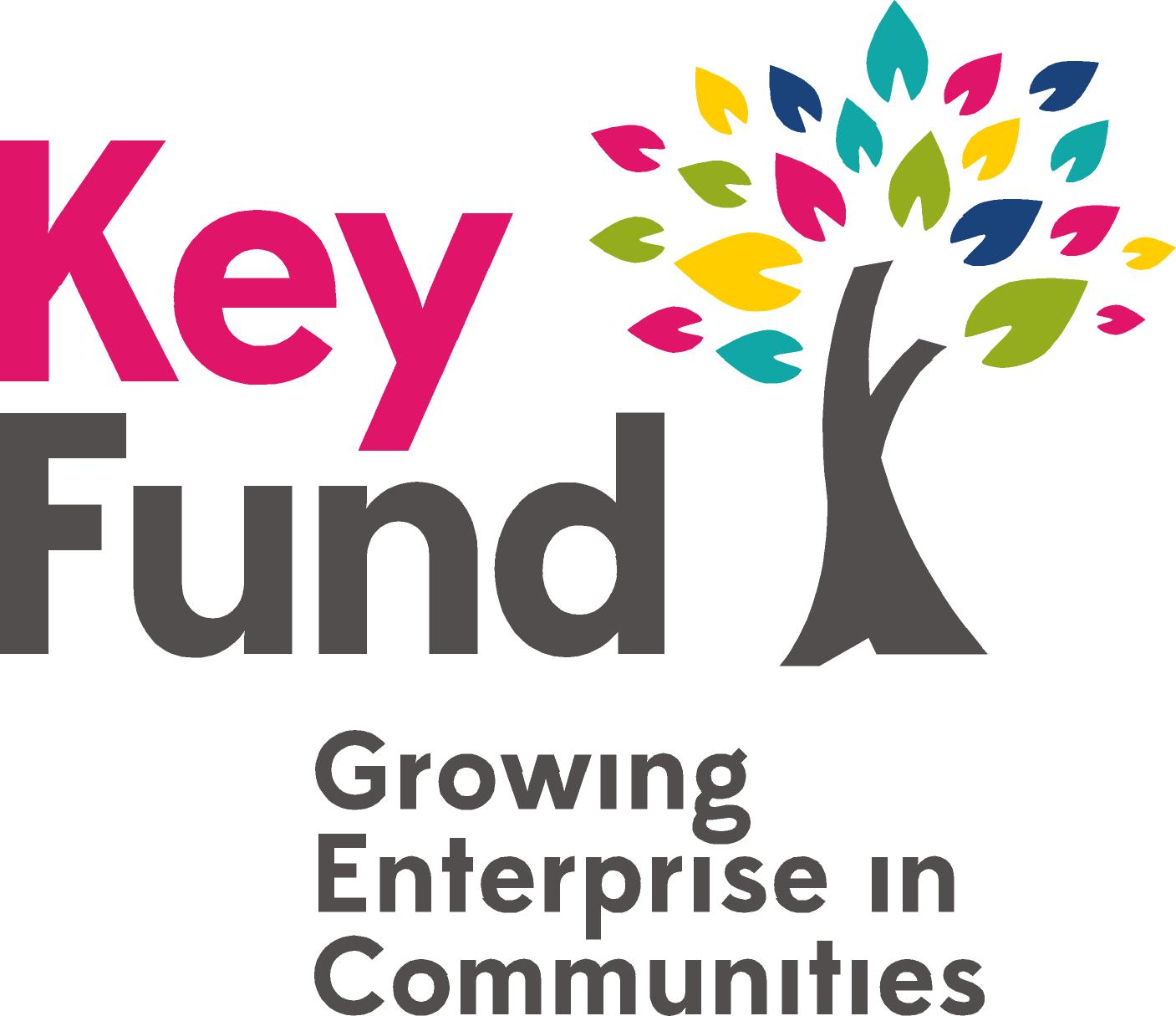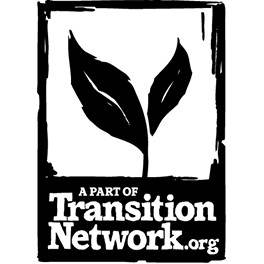

Welcome to the third instalment in a series of blogs and posts about Regather and our partners. Week by week, we’ve been walking you through who we work with, and outlining what our shared role is in creating a better food system for everyone. That’s a mission that sits at the heart of everything we do. And we want you to be confident that when you buy food from Regather, it means you are contributing to local, independent and quality food, that doesn’t cost the earth.
It’s a biggie this week, as we’re celebrating our official Living Wage Accreditation! In simple terms, this means we are now a Living Wage Employer, committed to paying all our staff a fair wage for a fair day’s work.
The campaign for a Real Living Wage came about in response to rising income inequality, perhaps most acutely felt by cleaners in East London who were working multiple jobs in the City on minimum wage and struggling to make ends meet. Those cleaners kicked off the campaign for a London Living Wage, and the rest is history! The Living Wage Foundation, established in 2011, carries the torch and is fighting to increase the purchasing power and financial security of all low income workers. Right now, the Real Living Wage is voluntarily paid by over 7,000 businesses in the UK, and its introduction has seen 250,000 employees receive a pay rise.
There’s often some confusion over what a “real” living wage is, and how it differs from the National Living Wage and the Minimum Wage. In order to get some clarity, let’s first iron out the numbers. The Real Living Wage, which is voluntary, is currently set at £10.85 in London, and £9.50 across the rest of the UK. This wage differs from the National Living Wage, which was introduced by the government in October 2016, and must be paid to those workers aged 23 and above. Right now, that figure stands at £8.91. Below that, you have the Minimum Wage, which almost all workers under 23 are entitled to, but differs depending on your age. For 21 year olds, the figure is £8.36.
So the rates of pay are clearly numerically different, but that’s not the only thing that distinguishes them.
The first notable difference is that the Real Living Wage is paid to anyone over the age of 18, not just those over the age of 23 (as is the case for the National Living Wage). This reflects new understandings about the trajectory of our lives, and works to undo the misplaced assumption that younger workers have more financial security and less outgoing costs.
The second key difference lies in how the wages are calculated. The National Living Wage is an aspirational target set by the government, calculated on the basis of median UK earnings, rather than the cost of living. The Real Living Wage rates, on the other hand, are calculated annually by the Resolution Foundation, and overseen by the Living Wage commission, who base the figure on the best available evidence about living standards. They use the Minimum Income Standard, which asks people to identify what they need to be able to afford as a minimum. The Real Living Wage is also pegged to inflation.
The third difference between the living wages is that the National Living Wage makes no distinction between the cost of living in London as compared to the other nations and regions of the UK. The Real Living Wage, however, is higher for workers in London due to the greater cost of living there.
In short, the Real Living Wage seeks to calculate what people actually need to live on, by taking into account where they live, the rates of inflation, and the general cost of living. By calculating the appropriate wage floor in this way, we can be more confident that no one is missing out on the basic essentials of living.
There are several important benefits to paying the Real Living Wage. Paying the Real Living Wage directly improves life for businesses and employees. Indeed, 93% of Real Living Wage accredited employers (like us) agree it has been good for their business. It is commonly cited by employees and employers alike as being influential in increasing motivation, improving retention and increasing positivity about the workplace.
The Real Living Wage has huge implications not only for individuals and businesses, but for policy and governments. In 2020, almost three-quarters of frontline care workers in England were earning below the Real Living Wage. This problem is especially prevalent in the North of England, where 82% of staff in the North East earned less than £9.50 an hour, which has led to care staff relying on food banks. Now, care workers in Wales are to be paid the Real Living Wage under plans announced by the Welsh government, in order to “recognise the huge contribution” care staff have made during the pandemic. Greater Manchester mayor Andy Burnham has also stated his intention to turn Greater Manchester into the first Real Living Wage city region, ensuring all workers in the city will be paid a Real Living Wage by the end of the decade.
It has been a motivation for a long while to pay Regather staff the Real Living Wage. But for many years, it was financially out of reach. Amidst the pandemic-induced doom, gloom and abject misery, Covid-19 has bestowed on Regather a few benefits. One such benefit has been the significant expansion of our box scheme, more than doubling our customer numbers in 2 weeks. This facilitated our aim to pay all Regather staff the Real Living Wage, and in May 2021 we were officially accredited by the Living Wage Foundation!
Paying the Real Living Wage is important to us because we value everyone’s time and commitment in making our organisation work. All staff are paid the same rate (even those who are Directors), and this has played an important role in attracting great staff members, making sure they feel valued, and retaining them for as long as possible. Whilst this is fantastic news, it’s important to be honest about the challenges. We are still heavily investing in the Farm, and with Brexit and Covid, many costs have increased. Regather implemented a price increase in 2020, for the first time in many years, which was a bitter pill to swallow as we fundamentally believe good food should be as affordable as possible for all our customers. Paying our amazing staff what they are worth and bringing our customers good value is a tension we have to balance. Both are very important.
Nonetheless, this remains a huge step for us, and we’re really proud of our ability to pay everyone a fair wage. It is, in no small part, thanks to our fantastic customers who have remained loyal to the cause: to build a better, sustainable, shared future globally.







